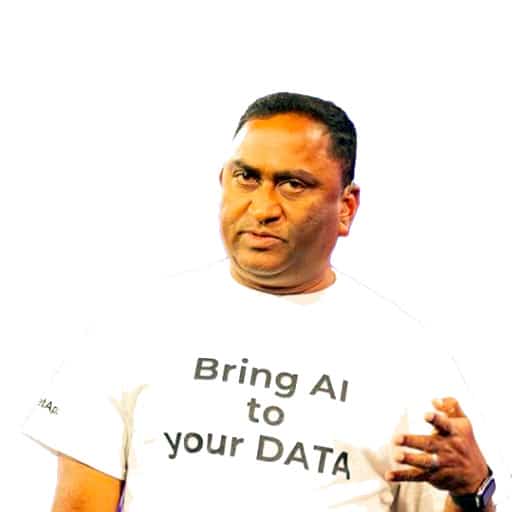The digital age has ushered in an era of unprecedented connectivity, however it has also created a vast digital landscape ripe for exploitation by cybercriminals.
Organisations that once relied on reactive data protection measures like backup and recovery in the face of natural disasters are now confronting a far more insidious threat: cyber warfare.
For decades, businesses viewed data protection primarily through the lens of mitigating physical disruptions. Backup and recovery procedures were designed to restore operations following power outages, hardware failures, or natural disasters.
These reactive measures involved a simple switch to a replica site or retrieving data from physical storage. However, the rise of cybercrime has fundamentally altered the threat landscape.
The Rise of Ransomware
Ransomware, a form of malware that encrypts or locks data, has become the cybercriminal’s weapon of choice. By 2031, global ransomware costs are projected to reach a staggering $265 billion[1].
Unlike natural disasters, cyberattacks are deliberate attempts to disrupt operations, steal critical information, or extort money. These attacks are often highly sophisticated, leveraging artificial intelligence (AI) to develop self-replicating code and readily available “ransomware as a service” tools that lower the barrier to entry for even novice cybercriminals.
The impact of cyberattacks extends far beyond data loss. Modern attackers target not just the data itself, but also the configuration files and datasets critical for recovery. This significantly hinders restoration efforts, forcing organisations into a difficult decision: pay the ransom or risk losing vital data and facing significant downtime.
A Seven-layer Data Resilience Strategy
To thrive in this environment, organisations require a layered data resilience strategy that combines proactive cyber readiness with traditional data protection expertise. The seven layers of this strategy are:
- Layer 1: monitoring, posture assessment, testing and response:
Continuous vigilance is paramount, so this layer therefore involves implementing advanced security solutions for continuous monitoring of network activity and user behaviour. It is also important to regularly conduct vulnerability assessments to identify and prioritise security gaps. The security team should also develop and test a comprehensive incident response plan to ensure a swift and coordinated response to security breaches. - Layer 2: Anomaly detection and malware scanning:
Traditional security tools may not be enough. This layer therefore utilises AI-powered solutions to identify and investigate unusual activity within the network and systems that might indicate a potential attack. Advanced malware detection tools should also be deployed to identify and neutralise harmful software before it can compromise data. - Layer 3: Pen testing and DevSecOps integration:
Integrating security throughout the software development lifecycle is key. Regularly conducting penetration testing throughout the development process will help identify and address security vulnerabilities early on. Integrating security practices into the development, testing, and deployment phases of software development will help build security in from the start. - Layer 4: Forensics and rapid recovery:
Time is of the essence in a cyberattack. This layer ensures an efficient recovery process including implementing tools for post-attack forensic analysis to identify the source of the breach and determine the extent of the damage. It’s also important to utilise backup and recovery solutions that enable swift restoration of data and systems with minimal downtime. - Layer 5: Establish a diverse partner ecosystem:
Partnering with the right experts ensures navigating regulations becomes This layer focuses on selecting a trusted partner with a deep understanding of relevant data security regulations to ensure compliance and avoid hefty fines. - Layer 6: Efficient, dependable backup and recovery:
Reliable backups are a cornerstone of data resilience. This layer involves implementing a robust backup strategy that includes frequent backups of all critical data to secure storage locations. Regularly testing of backup and recovery procedures is also vital to ensure they function as intended in the event of a disruption. - Layer 7: Reliable, secure, immutable infrastructure:
The foundation of a data security posture matters. This layer focuses on utilising data storage solutions that prevent unauthorised modification of data, ensuring the integrity of backups. Also, implementing standardised deployment processes for infrastructure and applications will help to minimise security risks introduced by errors.
A Continuous Journey, Not a Destination
Building a robust data resilience strategy is an ongoing process rather than a one-time event. The cyber threat landscape continues to evolve, demanding constant vigilance and adaptation.
By embracing the seven-layered approach and actively partnering with security experts, organisations can build tenacious defences that safeguard their data against cyberattacks in the age of cyberwarfare. This not only minimises downtime and financial losses but also fosters trust with customers and regulators, ensuring an organisation remains competitive in the digital age.
ends
[1] https://cybersecurityventures.com/global-ransomware-damage-costs-predicted-to-reach-250-billion-usd-by-2031/





